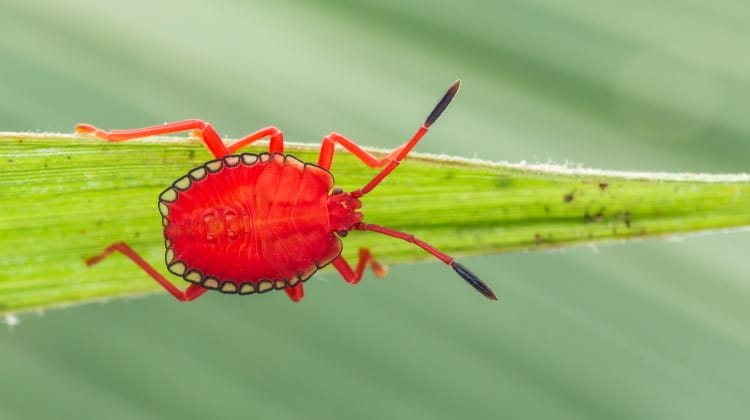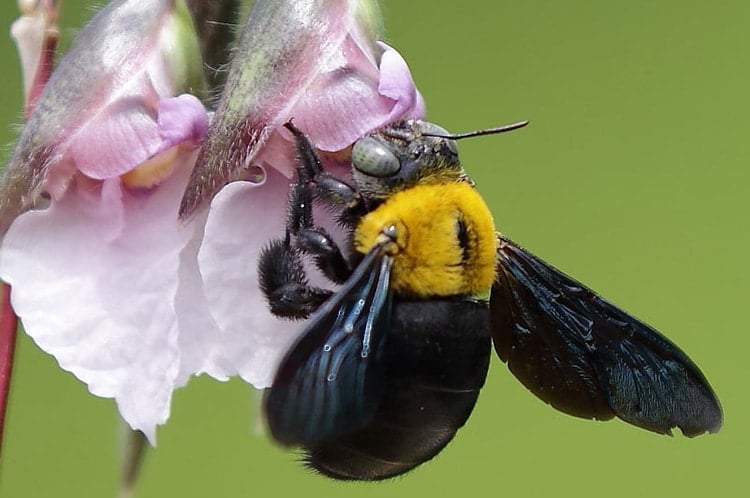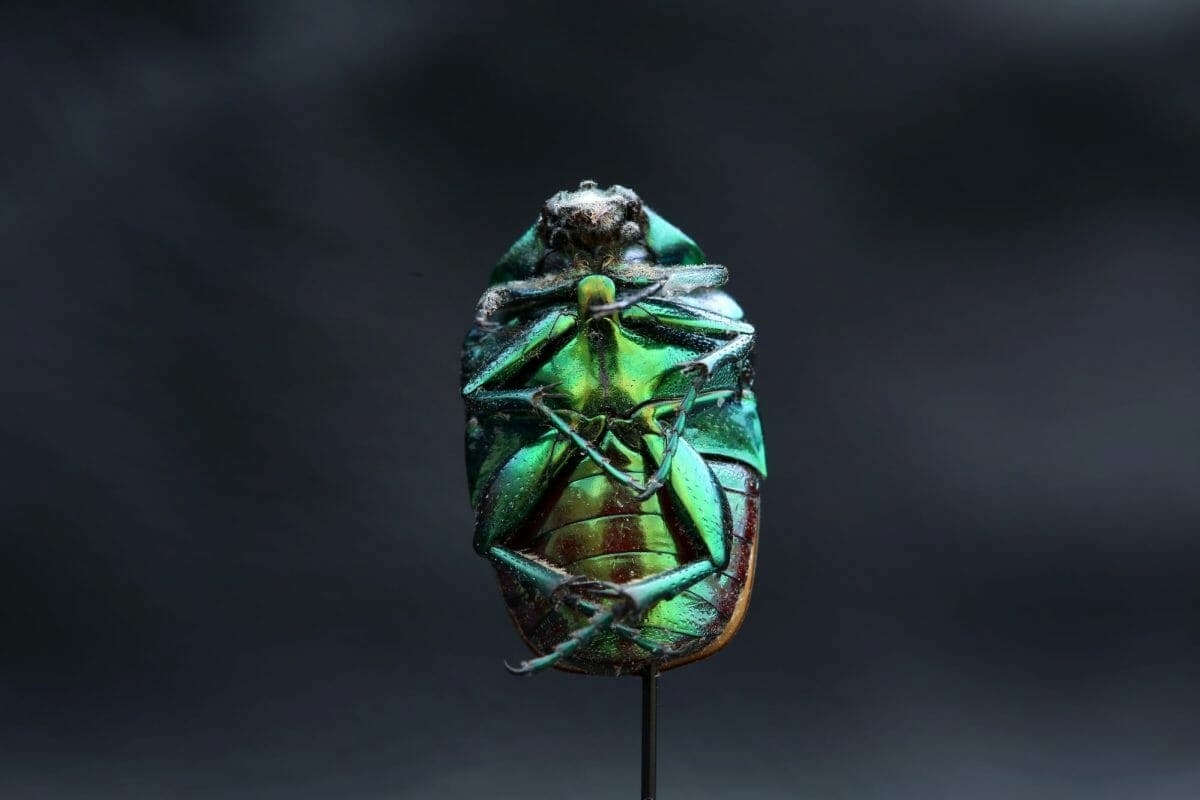Parasitic Wasps 101: Nature’s Biological Control Weapons
The Parasitica (Parasitic Wasps) is a huge group of generally small insects, most of which are parasites or hyperparasites.
In both number of species and number of individuals, they make up the bulk of the Hymenoptera (though because of their small size, not the bulk of the Hymenopteran biomass).
They are distinguished from the ‘Apocrita’ by the fact that they have no sting – their ovipositor is solely an instrument of oviposition. Many parasitic wasps are gardener’s friends, as they destroy millions of pests every year – and many of them are now produced commercially as biological control factors. The Chalcidoidea are the most important in this field, though the Ichneumonidae are also important.
The Cynipoidea (Cynipid wasps) are also famous for their curious production of wasp galls.
Superfamily Ichneumonoidae
This comprises two main families and two much smaller ones. The two major families are:
Ichneumonidae (Ichneumon Wasps)
The Ichneumonidae are commonly referred to as Ichnuemons or, incorrectly, as Ichneumon Flies (they have two pairs of wings and therefore should definitely be called Ichneumon Wasps).
They can be distinguished from the rest of the parasitic wasps because they have numerous veins – and thus many cells in their wings. Their are about 1,200 species in Britain alone and some scientists estimate that their may be as many as 100,000 species world-wide.
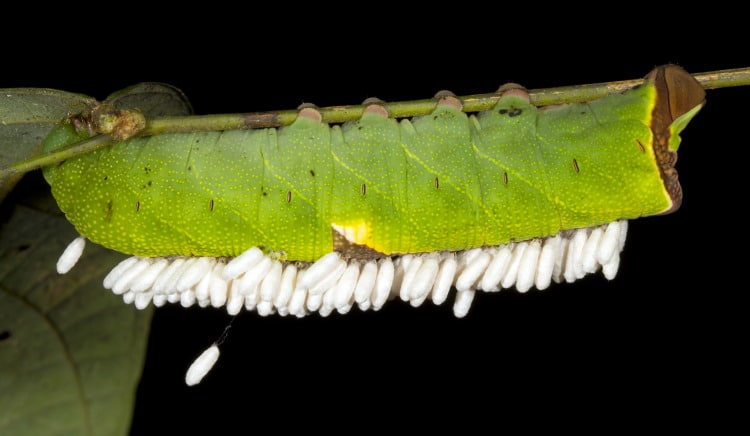
Most Ichneumon Wasps are parasites of Lepidoptera (Butterflies and Moths), however the majority of – if not all of -the other insect orders also have their own Ichneumon parasites, as do the spiders.
Though some Ichneumon Wasps have short ovipositors i.e. Ophion luteus, some have extremely long ones such as Rhyssa persuasoria which preys on the larvae of the Wood Wasp or Horntail Sirex gigas (Symphyta) and has to drill through several cms of living wood with its ovipositor in order to lay its eggs.
The females of Agriotypus armatus prey on caddisfly (Trichoptera) larvae and have to descend under the water in order to find them and lay their eggs. Females of the genus Pezomachus are wingless and lay their eggs inside the eggsac of the spiders who leave their eggsacs on the underside of rocks; the larvae eat all the eggs and then pupate.
Braconidae (Braconid wasps)
The second large family are the Braconid Wasps. These are generally smaller, often with darkened or partially darkened wings. They all feed in or on insect larvae, however unlike the Ichneumon Wasps, they do not damage their prey’s internal organs but feed solely on body fluids.
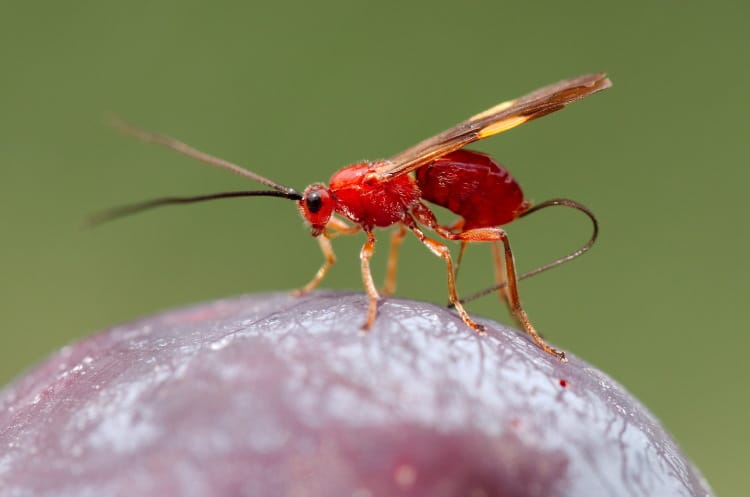
A female Braconid Wasp will often lay more than one egg in a given prey item (as many as 150), thus many Braconids can emerge from one victim to pupate immediately outside the shriveled remains of the caterpillar. A typical example is Apanteles glomeratus which preys on the Cabbage White Butterfly Pieris brassicae and its relatives.
Superfamily Chalcidoidea (Chalcid Wasps)
Chalcidoidea is the 2nd largest of the Hymenopteran orders – with an estimated 80,000 species.
They are all small – including Alaptus magnanimus (Myrmaridae), the smallest known insect in the world – and though most are parasites or hyperparasites (parasites preying on other parasites, as when Chalcids use the larvae of Braconid Wasps or other Chalcid Wasps) of other insects, some are seed parasites of plants.
The best known example of this are the members of the family Agaonidae, a very important group of insects who all live in a kind of symbiosis with fig trees.
The flowers of the figs are pollinated only by the female Agaonids and most of the 900 species of fig have their own species of Agaonid to pollinate them. The flowers of the figs have long and short styled ovaries in each flower. The Agaonid females can oviposit in the short styled ovaries, but not in the long styled ones. Thus the short styled ovaries supply food to produce more Agaonids and the long styled ovaries, with the help of the Agaonids, supply further fig trees
The ecology of figs, their wasps and the other animals which disperse their fruits is absolutely fascinating and well worth looking into.
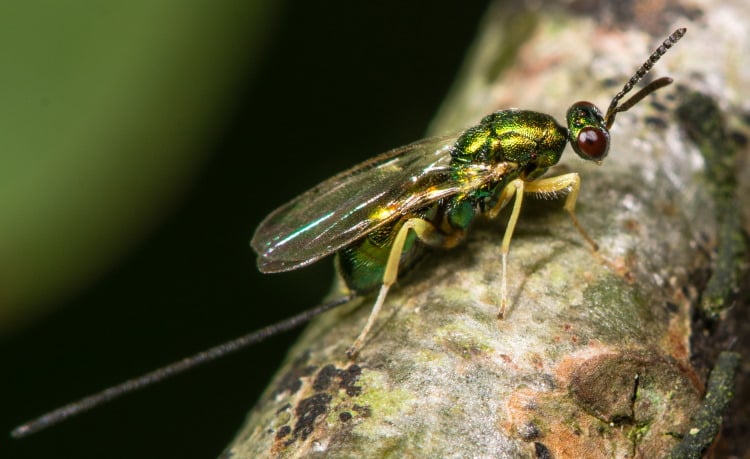
Many Chalcid Wasps are hyperparsites on the gall-forming Cynipid Wasps (see below) and some on other Cynipids which do not form the galls, but live in the gall formed by other Cynipids (these are called ‘inquilines’).
It is amazing to think about the fact that when these small wasps are laying their eggs, they lay them through the walls of the gall, which may contain many cells (that they cannot see) with a variety of occupants and yet – like Sirex gigas – they never lay in the wrong host or in a larvae that has already been layed in by another member of the same species.
Another amazing member of superfamily Chalcidoidea is Caraphractus cintus, one of the Fairy Flies (Myrmaridae).
Caraphractus is a parasite of the eggs of Diving Beetles (Dytiscidae) and both the males and females swim readily under water. This is hardly surprising, as one of the characteristics of this family is that their wings are very narrow near the body – so that they look more like oars with hairy ends than conventional insect wings.
Superfamily Cynipoidea (Cynipid Wasps)
The Cynipoidea are the third largest of the parasitic wasp superfamilies – containing a known 3,000 species and an estimated 20,000.
Cynipid Wasps are mostly phytophagous (eating plant material) gall inducers (i.e. they cause the plant galls which they live in and feed on), though a number are are gall inquilines (i.e. they live in and feed on galls caused by other Cynipids, but cannot cause galls themselves) and a few are more conventional parasites on the larvae of other insects.
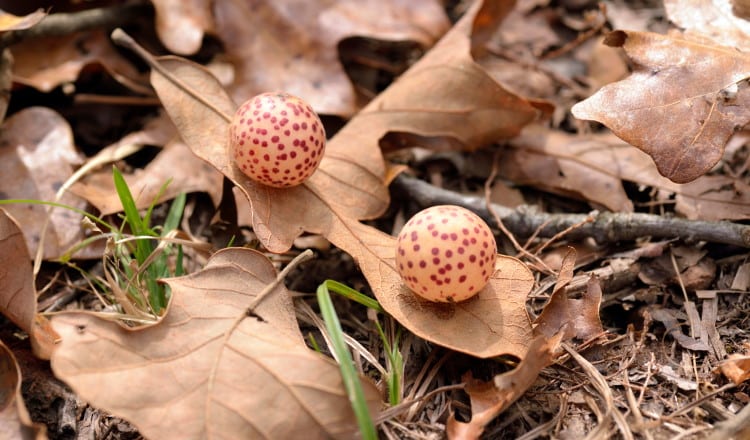
Taxonomists divide them into two groups called the ‘microcynipoids’ and the ‘macrocynipoids’.
The Macrocynipoids are largish (up to about 12mm long, not including antennae) and are parasites of wood or cone boring insect larvae. The microcynipoids are much smaller (up to 4mm long, not including antennae) and are gall inducers, inquilines and parasites of non-wood or cone boring insect larvae.
Many of the Gall inducing Cynipid Wasps demonstrate an unusual life history strategy called “alternation of generations”.
This means they have a one generation called the ‘unisexual generation’ which, consisting only of females, is followed by a ‘bisexual generation’ consisting of males and females. Their are some exceptions though, such as the beautiful Andricus kollari (Marble Oak Gall Wasp) that produces the common marble oak gall in Europe. Though it has two generations, it appears to have no males; at least none have been found yet.
Reproduction in this case is entirely ‘parthenogenic’, a word which describes the phenomenom – not that uncommon among the insects – where unfertilised ova mature and produce female-only offspring. The two generations often look quite different and can produce galls which look different as well. In the past, many of these alternating generations were mistaken for different species.
A good example of alternation of generations is Biorrhiza pallida. In the spring the all-female generation emerge from their root galls, make their way to the soil surface and then climb up the tree to lay their eggs in the leaf buds.
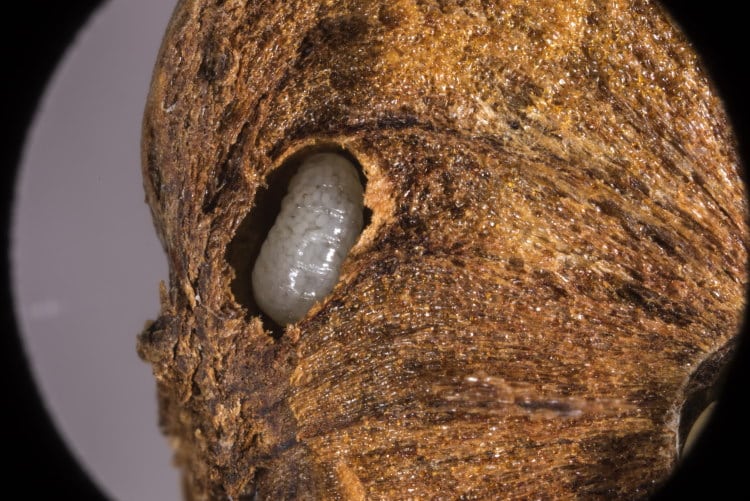
Galls form from these parasitised buds and what emerges in the late summer is the sexual generation; the females of which – after mating – climb back down the tree and oviposit in the tree’s roots. This causes more galls and starts the cycle over again.
The gall is produced as a result of the plant’s response to the wasp’s egg laying and the presence of the ova. In some cases this is actively assisted by the injection of an irritant into the plant bud by the ovipositing female, i.e. Pontamia proxima a parasite of willows.
Not all galls are made by Cynipid Wasps though; Diptera, Lepidoptera, Acari, Homoptera and even some Coleoptera can also cause galls, as well as various fungi and microorganisms.
The ancient Greeks and Romans used galls as a source of dyes because of their high tannin content.
It can be a lot of fun to collect wasp galls (after they are mature, but before the inhabitants are ready to leave). Keep the twig in a container with some damp sand in the bottom.
You will find that what comes out of some galls is an amazing collection of insects, consisting not only of the gall former but also of gall inquilines… as well as parasites of both the gall former and the inquiline, plus the hyperparasites of all these (and sometimes hyper-hyper-parasites).
You can become a good taxonomist sorting them all out!
The rest of the Parasitic Wasps are less in number all together than the Cynipoidea and are less well known. Though they are all parasites, hyperparasites or inquilines (as above) and the separation is mostly of interest only to taxonomists.
Final Thoughts
Well, I hope you have enjoyed learning about the various families of parasitic wasps!
Perhaps now you’d be curious to know a bit more about fungus farmer ants.


